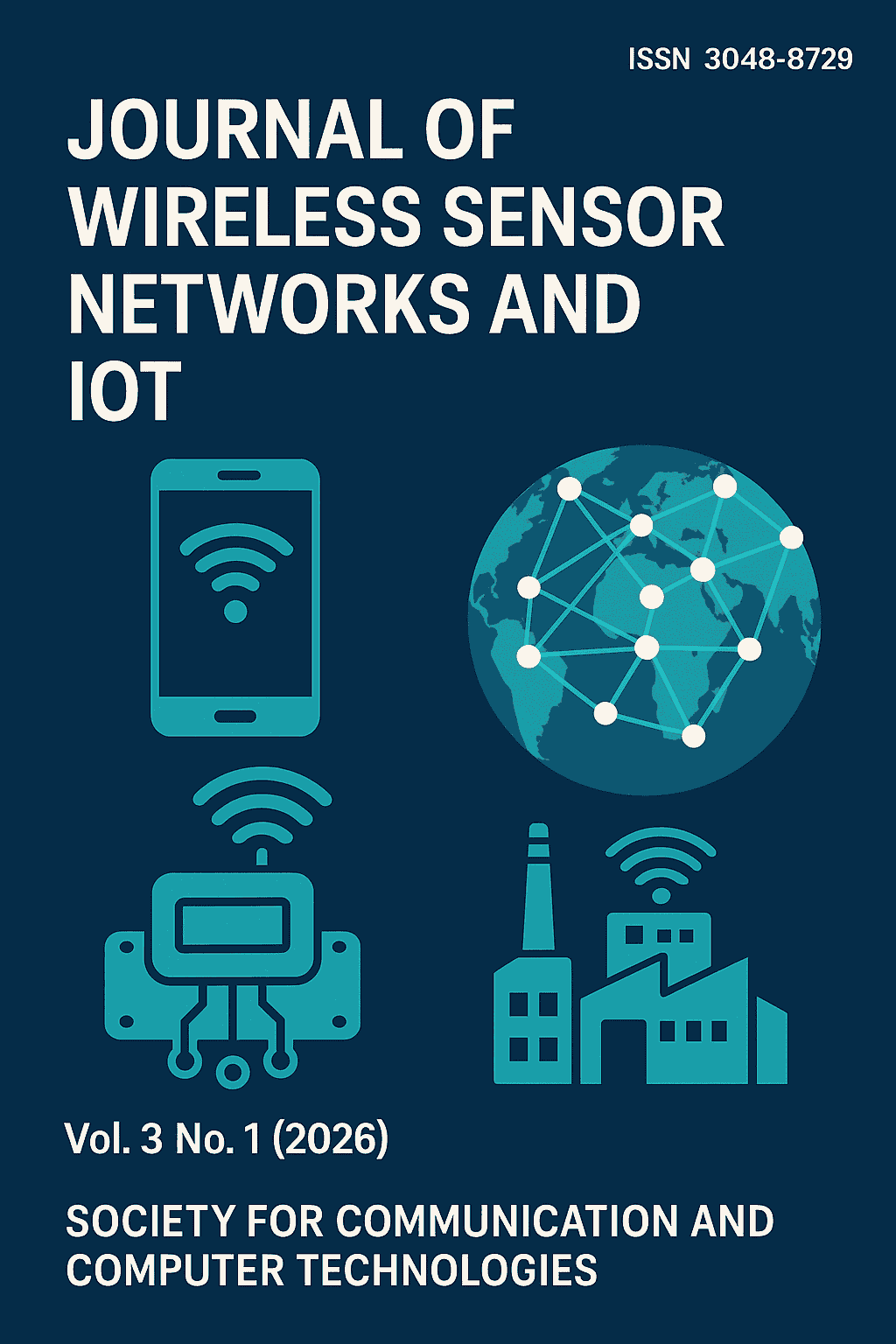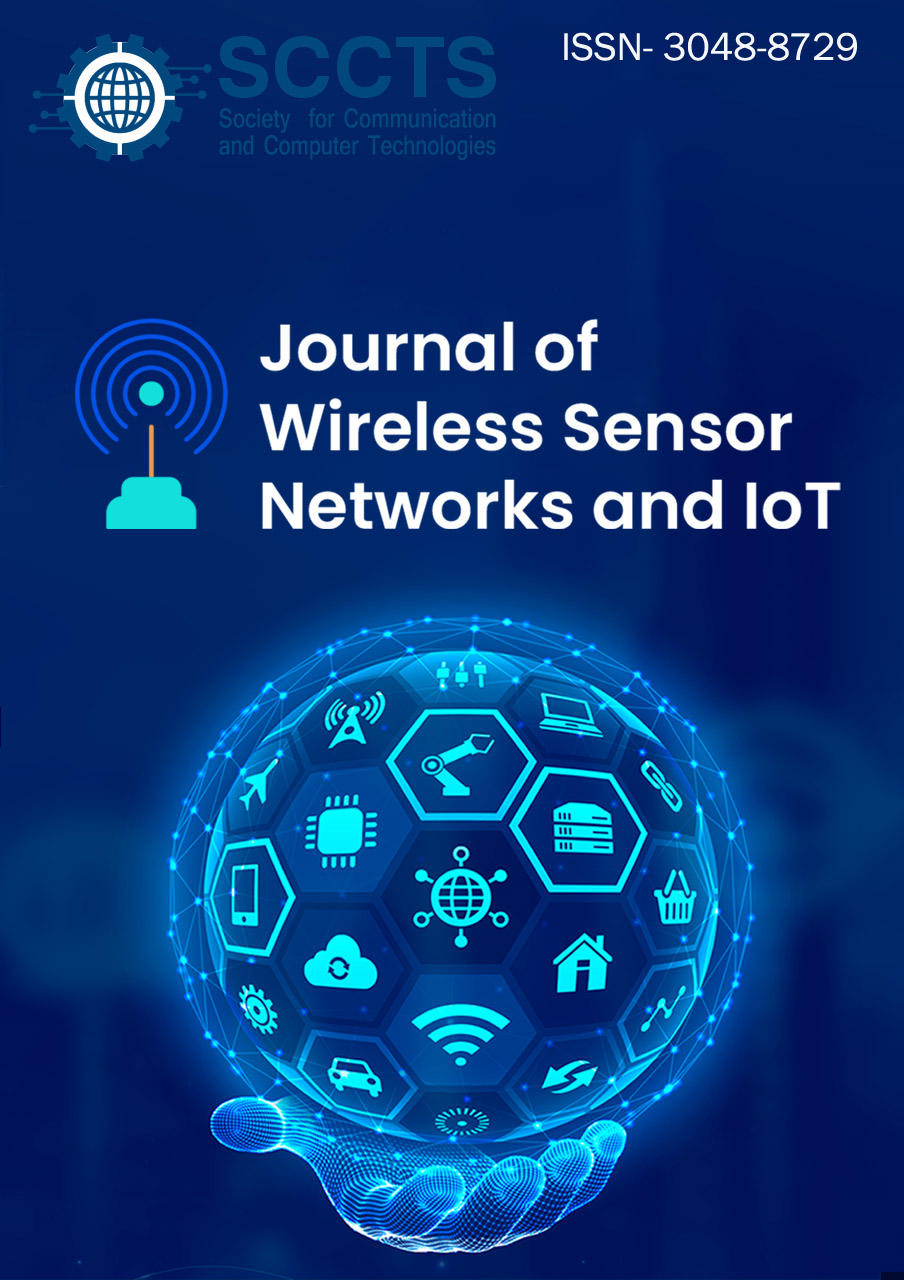A Solar-Piezo Hybrid Energy Harvesting Architecture for Autonomous Wireless Sensor Nodes in Smart Agriculture
DOI:
https://doi.org/10.31838/WSNIOT/03.01.10Keywords:
Hybrid Energy Harvesting, Solar-Piezo, Wireless Sensor Networks, Smart Agriculture, Energy Management, LoRa, Precision FarmingAbstract
Wireless sensor nodes (WSNs) in remote and resource-constrained assets in smart agriculture is a major issue of concern since there is little supply of regular sources of energy. In this paper, an intense energy and efficient hybrid energy harvesting scheme is proposed which combines both solar and piezoelectric energy sources so as to make the WSNs work independently in precision agriculture. The hybrid design aims at using ambient solar radiance in the daytime and mechanical vibrations produced by the movement of the wind, farm vehicles, or animal knees to generate electricity. The heart of the system is a dual-input power management unit to manage intelligently, all harvested energy through regulation, rectification, and storage in high capacity supercapacitors. Such a circuit guarantees optimal energy consumption because its relative priorities among the sources available are made flexible depending on the situation on the environment, hence preserving energy continuity under periodical or low-input scenarios. The system has been tested in a semi-arid agricultural testbed and is a real-world testbed in which sensor nodes have been deployed to keep an eye on the soil moisture, light intensity, and ambient temperature. The findings have shown a high level of energy sustainability, whereby the hybrid scheme compares to 45 percent energy harvesting proficiency as opposed to solar-only settings. In addition, the sensor nodes uptime was increased by 62%, which provides regular data transmission, and minimizes the periods of a node maintenance or battery switch. The amount of power collected was enough to maintain multi-modal-sensing and periodic wireless connection without energy storage loss. The small size footprint, low cost and environmental friendliness of the suggested system are features that contribute to the high application potential of the proposed system at large scale to smart agriculture infrastructure. On the whole, the study is a scalable and robust means to overcome the energy independence issues that may arise in precision farming that reinforces long term, data-driven agricultural decision making and sustainability of the environment in general. The results validate the possibility of hybrid ambient energy harvester systems in becoming energy-resilient IoT networks, specifically, in remote and off-grid farms.






